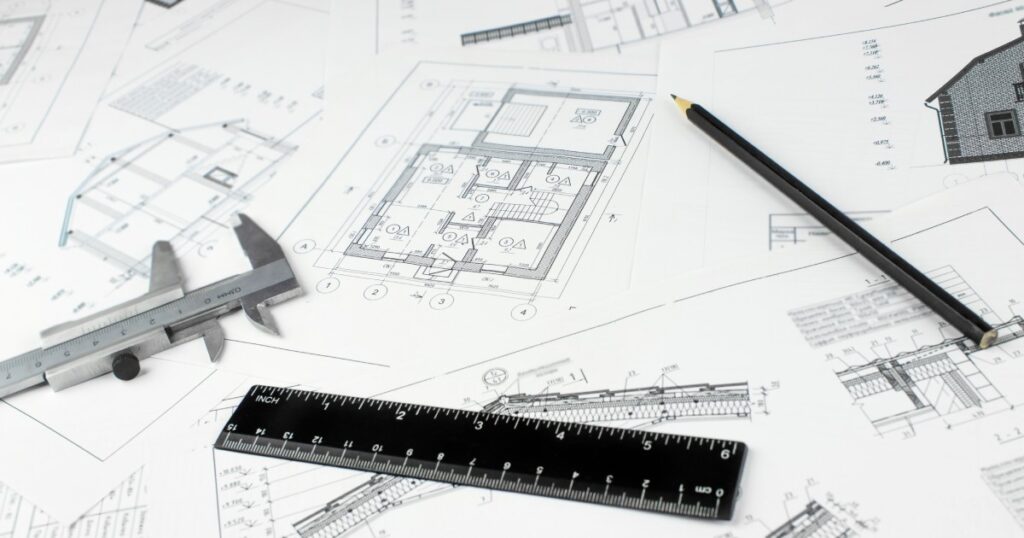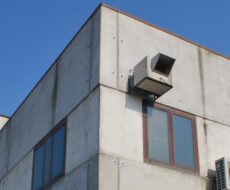
March 3, 2023
What are the seismic risk classes?
When working for earthquake prevention, not all situations are the same.
The area, the material, the structural conformation and the intended use of the building: there are many variables to take into account when evaluating how to intervene for the redevelopment of a structure.
All these factors serve to identify the seismic risk class, a functional parameter to verify the extent of the intervention necessary to make the building safe.

What is seismic risk?
Seismic risk is the mathematical/engineering measure to evaluate the expected damage following a possible seismic event and is generally calculated based on three factors.
Seismic hazard (P): is the probability that a seismic event will occur and is therefore related to the seismic zone in which the structure is located.
Seismic vulnerability (V): consists of the evaluation of the consequences of the earthquake; it is linked to the seismic resistance of the building.
Exposure (E) is the socio/economic evaluation of the consequences caused by the seismic event.
In particular, the formula used to calculate the risk is:
Risk = Hazard x Vulnerability x Exposure
Simplifying R = P x V x E
Division of seismic risk classes.
The seismic risk classes are divided according to a scale in alphabetical order of increasing danger:
- class A+ (lower risk)
- class A
- class B
- class C
- class D
- class E
- class F
- class G (greater risk)
How is a building’s level of seismic risk calculated?
To determine which risk class a building belongs to, two methods can basically be followed: the simplified method or the conventional one.
Simplified method
The simplified method consists of a macroseismic classification of the building, based on the material it is made of. It is indicated for a relatively quick assessment of the Risk Class and can be used both for an indicative preliminary assessment and for an assessment required when seismic requalification interventions must be implemented. However, its application is limited only to masonry buildings.
Conventional method
The conventional method is based on the application of the normal analysis methodologies envisaged by the NCT 2008 and allows for an assessment of the construction Risk Class valid both in the actual state and in the state following the designing of an intervention.
This method is applicable to all types of construction.
Among the various factors that influence the seismic risk class, the seismic vulnerability of a building is perhaps one of the most relevant factors because, unlike the other two elements (hazard and exposure), it can be directly influenced by the entrepreneur.
A seismic vulnerability analysis can calculate the extent of this factor and possibly identify methods to reduce it, thus reducing the seismic risk and therefore increasing the safety of people working within the building.






